A showstopper bound to attract attention and admiration
Large chandeliers are grand showpieces of decorative sentiment, fabulous lighting and material beauty that reach out into a room to create an engaging atmosphere and attractive environment. Crafted to showcase impressive artistry and design sensibility, these classic ceiling lights never fail to invite maximum visual appeal and make a striking statement. In residential, hospitality, retail and office spaces, the art of lighting is far beyond simply introducing a light source into a dark space. It is the element that establishes visual hierarchies, strengthens the character of the space, and creates that all-important long-lasting impression. Chandeliers are the crowning element in a thoughtful design scheme. They serve to express and underline the desired theme, ambiance and atmosphere of interior spaces, in particular those grand rooms in a need of a spectacular centerpiece.
Make a jaw-dropping statement with an impactful scale
A large chandelier is defined as a decorative light fixture with a width or diameter ranging from 32 inches up to hundreds of inches. These fixtures are designed to stand out as artistic centerpieces. They’re great conversation pieces capable of creating a gorgeous feeling of grandeur, enhancing the visual appeal of the room, and transforming the feeling of a space with their scale. Chandeliers provide simultaneously a central source of ambient light that serves as the base layer of lighting. Unlike other ambient light fixtures that fill a room with flat overall illumination, chandeliers can transform any drab and plain room into a captivating space for their ability to create ambient light as well as eye-catching sparkle. The irresistible sparkle of a crystal or glass chandelier can ignite the spirit of the space and create a breathtaking look. The fascinating ambiance provides variety and visual interest, making the space charming and magical.
Add a glamorous touch to grand buildings
Large chandeliers are used to punctuate foyers, entryways, hotel lobbies, ballrooms, dining halls, great rooms, multifunction meeting rooms, and other high-ceiling spaces. These decorative ceiling fixtures emit a generous spread of light that welcomes guests into the room, creates a backdrop for a pleasant stay, inspires intimate conversations, and adds a human scale to the spaces. The foyer of your home or business often comes with a vaulted ceiling or is open to the second floor. Chandeliers are the classic choice for making a big impression in foyers. These attention-grabbing fixtures can add a glamorous touch to upscale foyers and create a welcoming entryway. The lobby serves as the central circulation space as well as public face of a hotel. Practical, aesthetic and emotional aspects of lighting all meet here to introduce the style and spirit of the hotel and communicate to the guests the atmosphere provided for their stay. An enchanting chandelier shines with astonishing brilliance and exudes distinctive sensibilities, creating a space that impress, inspire and delight. Ballrooms and multifunction meeting rooms are used to accommodate meetings, note-taking, audio/visual presentations, and dining. Chandeliers are used to create a glamorous focal point that adds class and distinction to the room. Grand chandeliers also fill great rooms such as oversized or vaulted living rooms, dining rooms and offices with pleasant ambient light and gorgeous visual effects.
Create original and identifiable character with a commanding style
Large chandeliers come in an ever expanding array of fixture designs, presenting plenty of scope for creativity. Rarely does a fixture provide such staying power and dramatic impact as the classic multi-tier chandelier that features a beautiful bare-bulb candelabra design. The oldest and most classic chandelier style has anywhere from two up to five or more tiers of lights that add vertical depth as well as a majestic look to a height ceiling space. Transitional style chandeliers eliminate the fuss or ornateness on traditional fixtures but still embraces the soft, rounded look of retro styling. It joins the best of both the traditional and modern worlds to create a timeless look that’s all its own. Modern design features smooth, clean lines and minimalist forms inspired by architecture from the 1930s. A typical modern chandelier is often as much functional as it is sculptural. Contemporary lighting not only borrows minimalist design elements from the modern style, but captures the design essence of other styles as well. However, contemporary design is fluid and more about the current trend. Sleek but wildly expressive sculptural forms and integral finishes are found in many contemporary chandeliers. Of all decorative light fixtures, crystal chandeliers transcend fashions and trends to bring a timeless look that is versatile enough to work with a wide range of aesthetics.
LED chandeliers
Chandeliers of conventional designs take advantage of exposed lamps to bring design aesthetics and lighting effects to a room. Traditional incandescent lamps do wonders in creating a warm and inviting ambiance and the breathtaking sparkle. As lighting technology has seen a monumental shift to solid state lighting, incandescent lamps have hung up her dancing shoes and retrofit LED lamps have taken on the job. LED filament bulbs replicate the vintage look and ambiance of incandescent filament bulbs while delivering vast energy savings over a much longer lifetime. Large chandeliers can also be integrated systems that build LEDs into the fixtures. This design allows LEDs to be paired with robust thermal management systems and driver circuits for higher efficiency, reliability, and controllability. The small size of LEDs offers tremendous freedom for design innovation and allows to create compelling pieces that blur the lines between art and design.
Drive current regulation
Regardless of how light sources are incorporated into chandeliers, the performance and reliability of LED drivers that operate the light sources are of critical importance. The most crucial variables such as efficiency, lifespan, dimming, and flickering depend, almost exclusively, on the driver’s electrical performances. The driver is often the first component of an LED system to fail. The driver performance and reliability of retrofit LED lamps are often traded for low cost systems designs. Since large chandeliers are installed in high ceiling spaces and often difficult to access for relamping, the use of high reliability LED lights is vital to reduced maintenance frequency. The role of the LED driver is also critical to successful implementation of smart lighting and human-centric lighting, which have become essential features of today’s lighting applications.

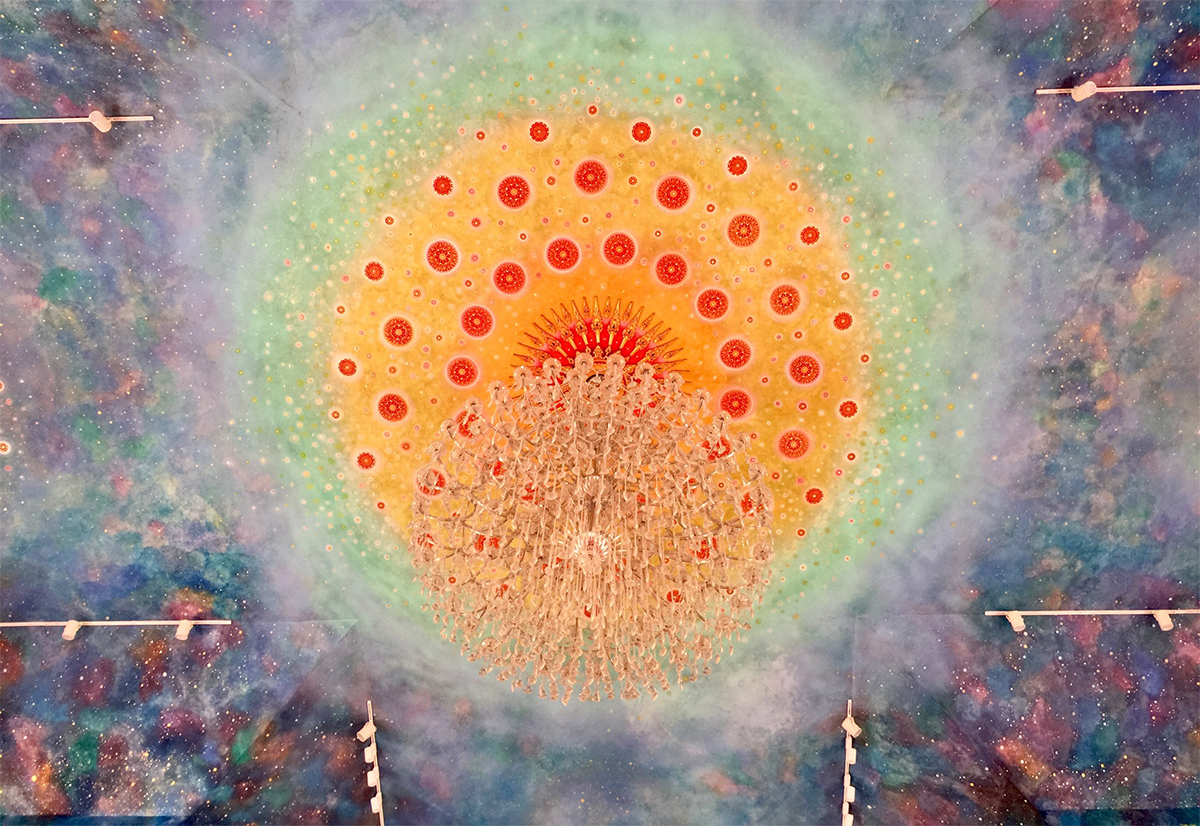
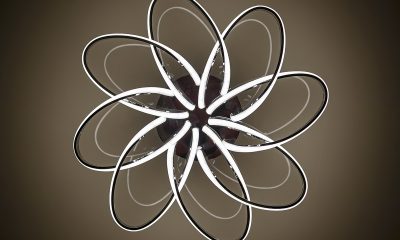
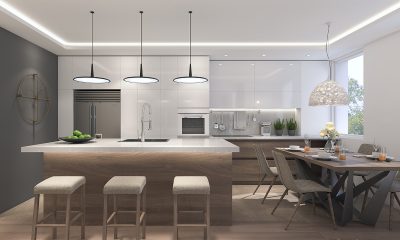
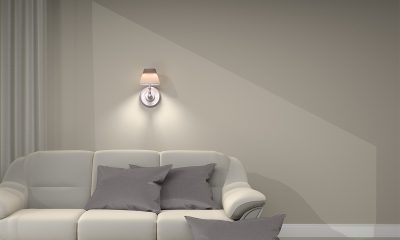
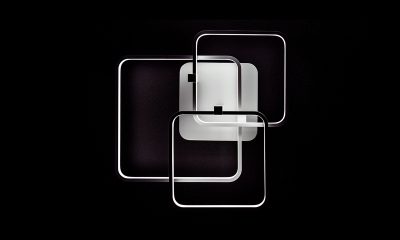
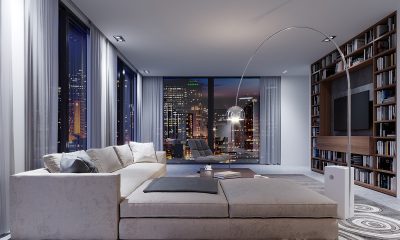

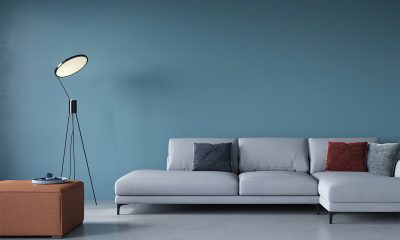
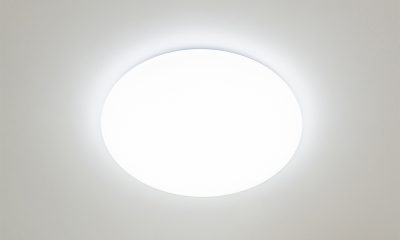
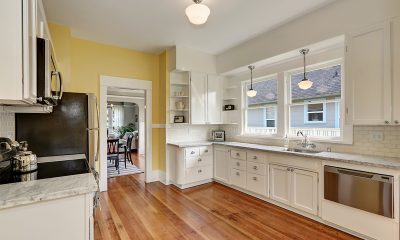
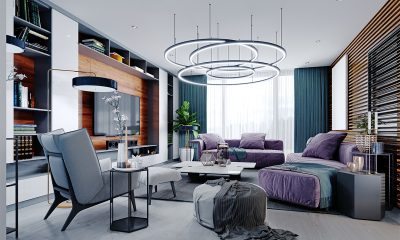
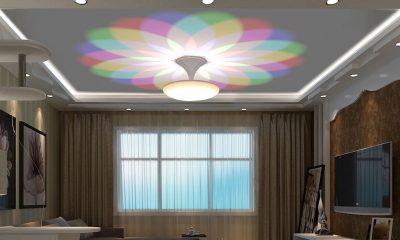
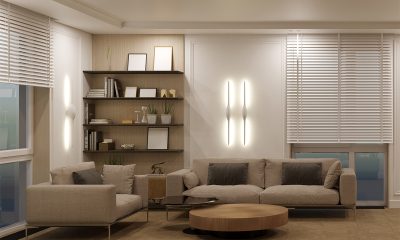





Loading...